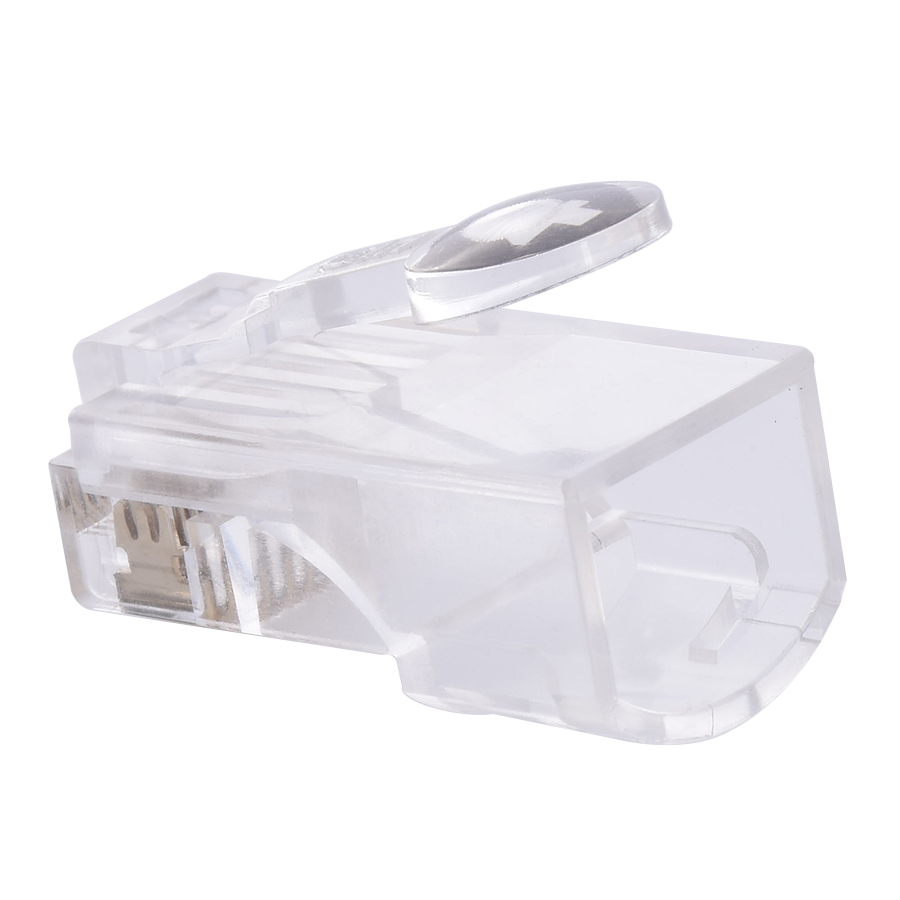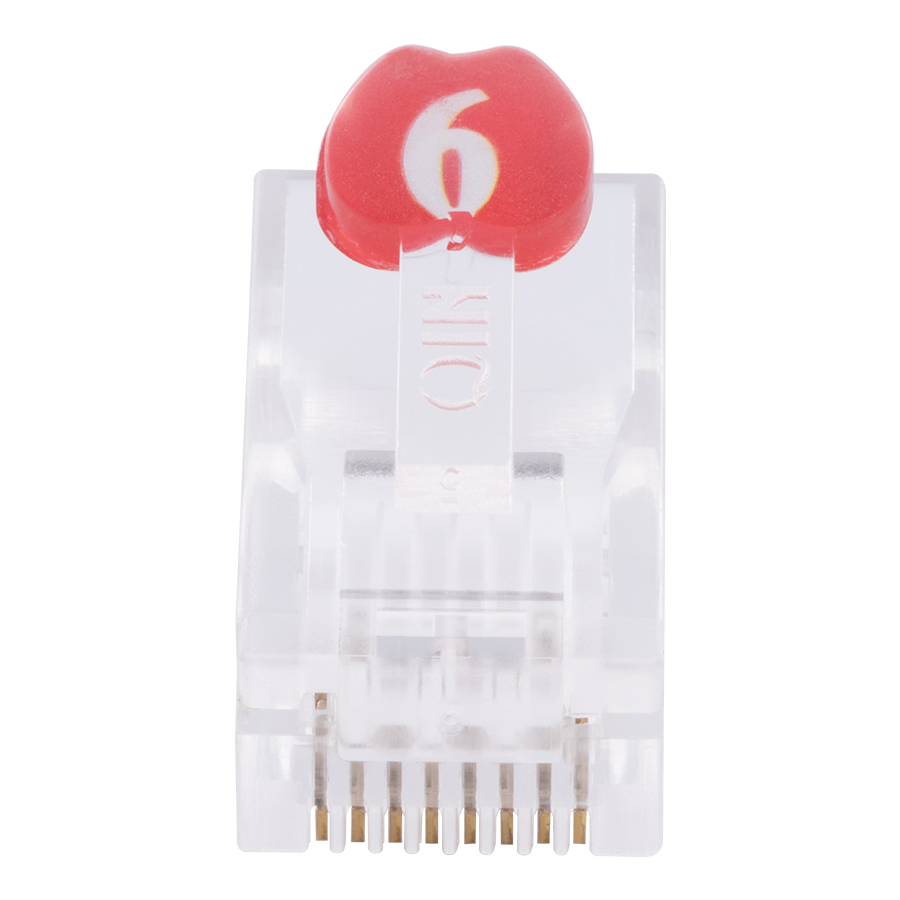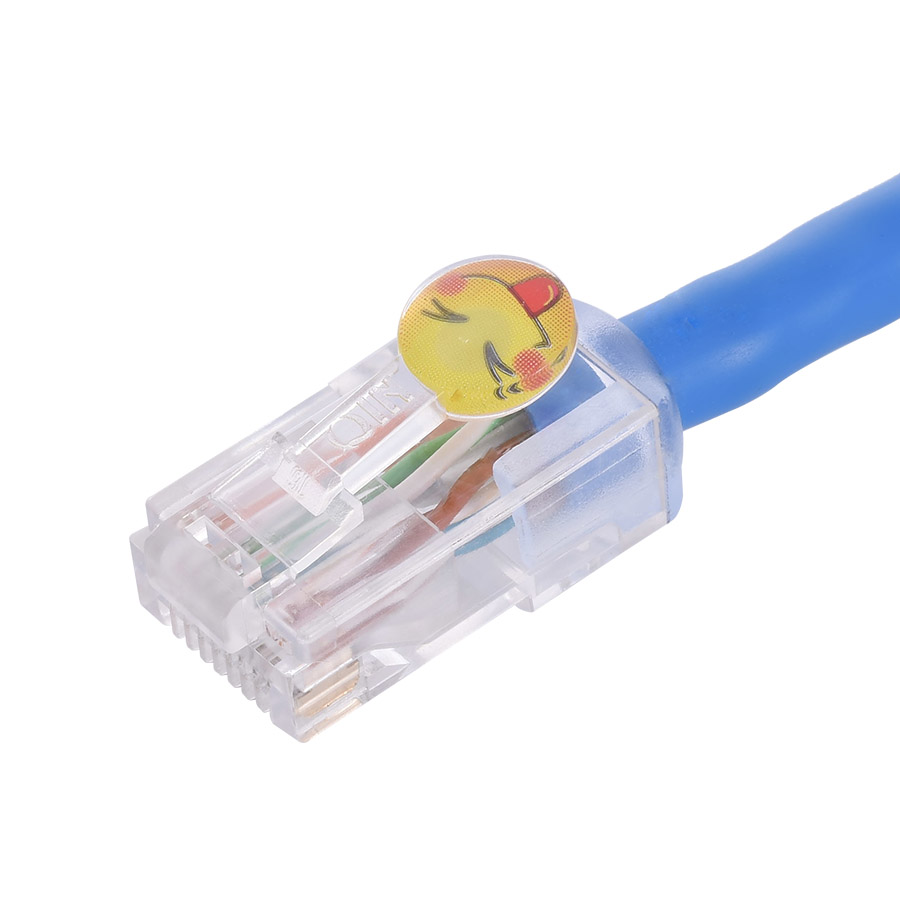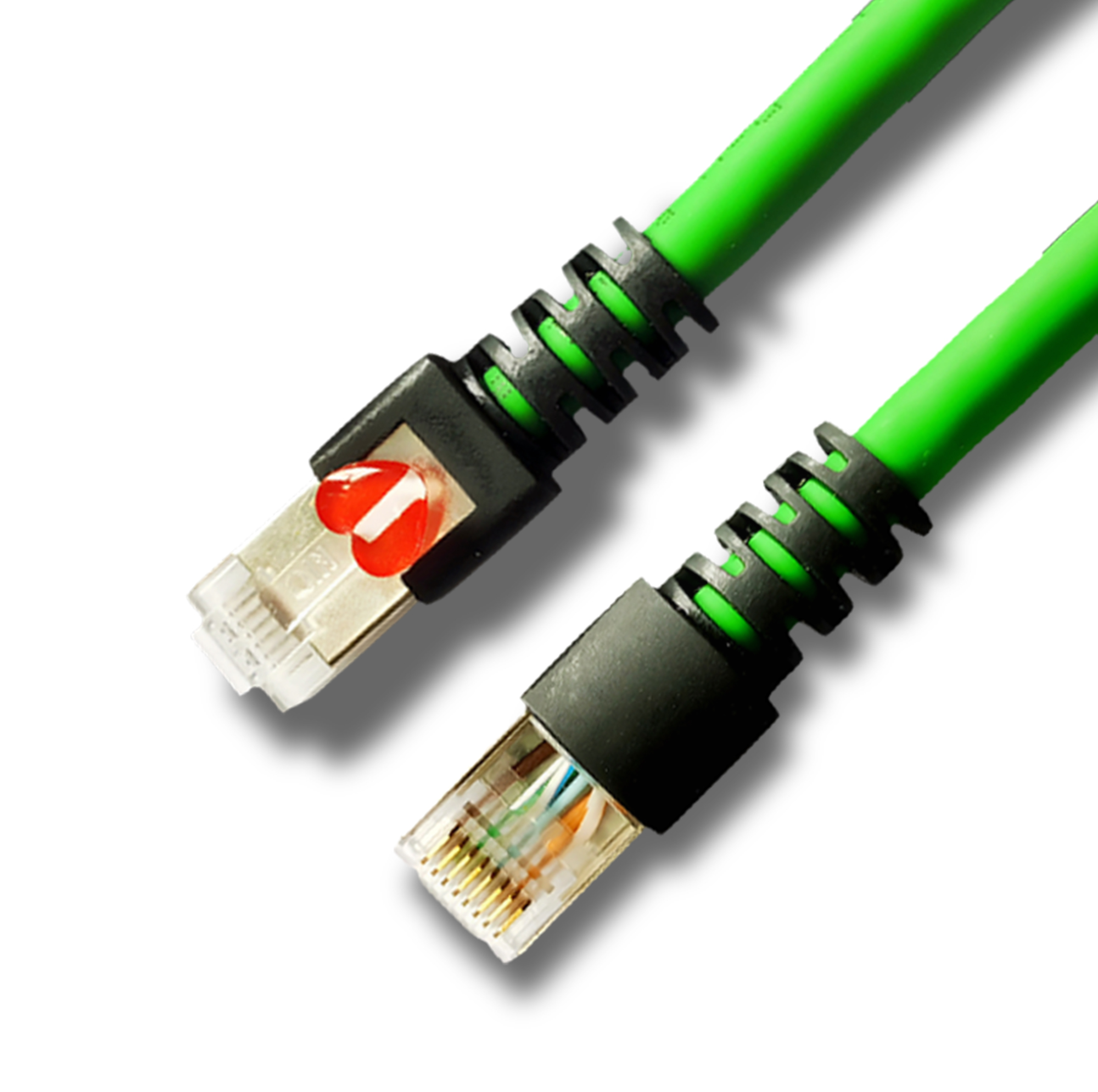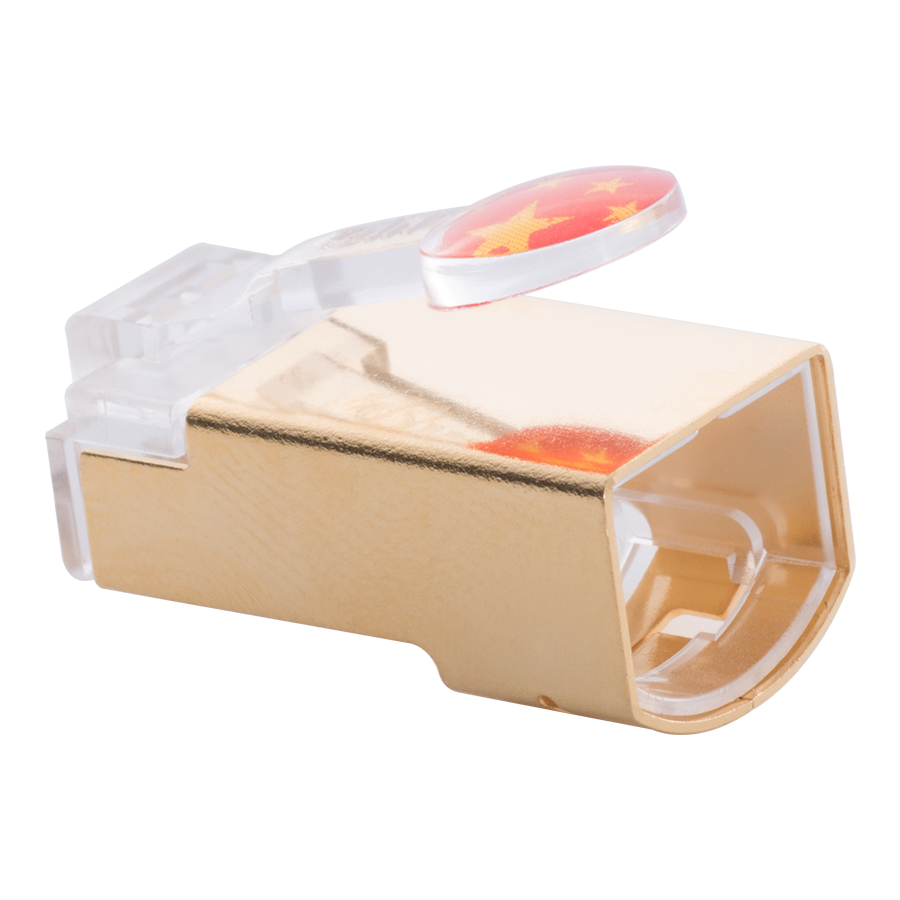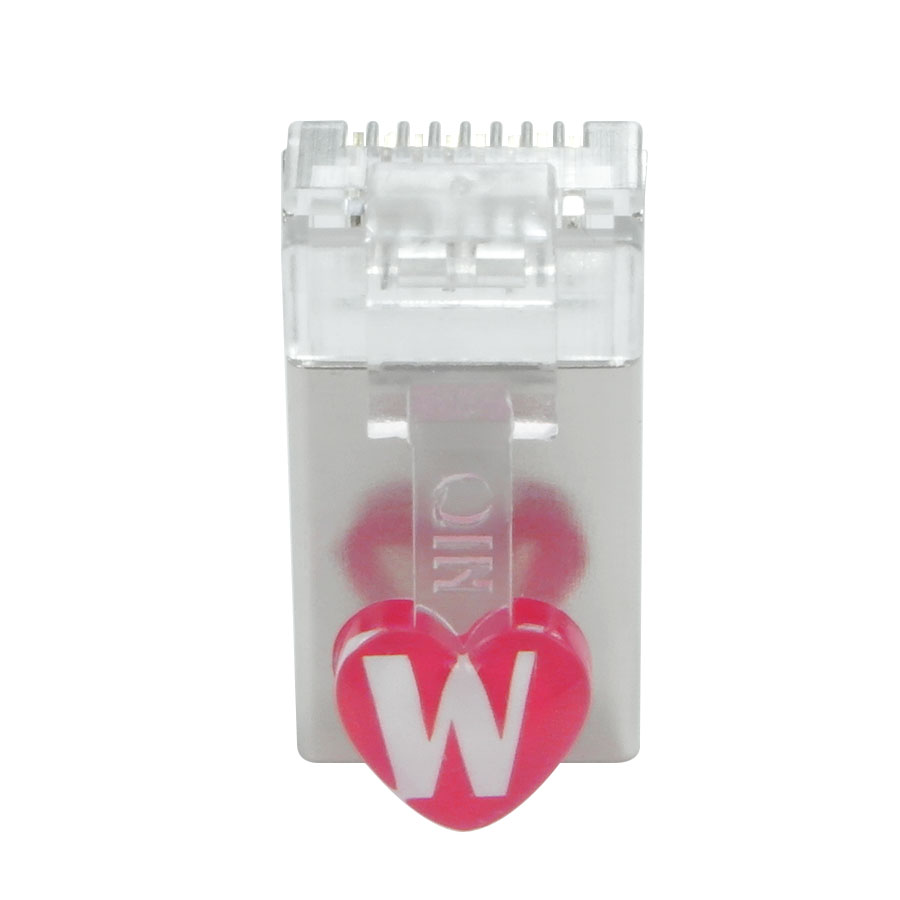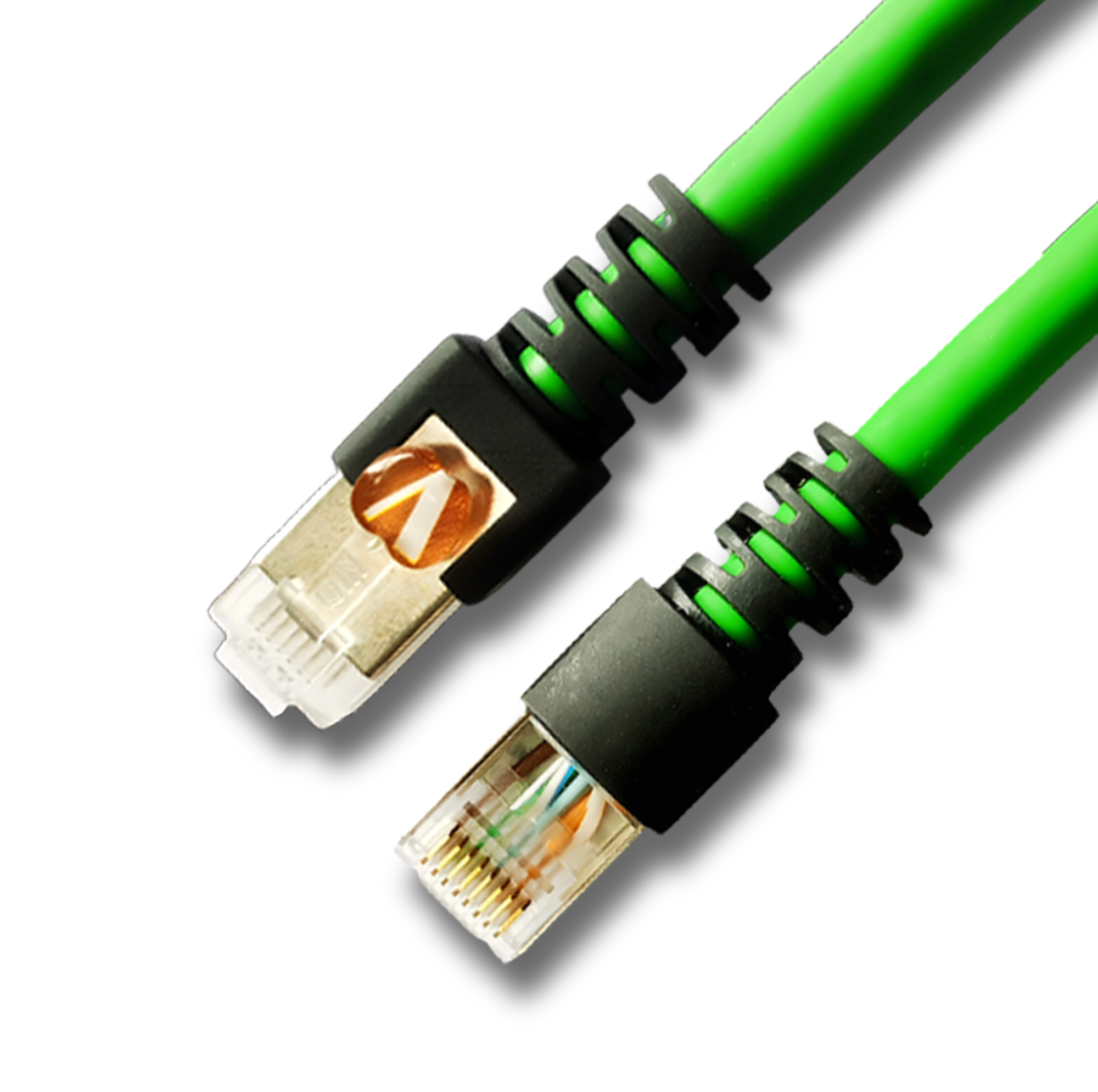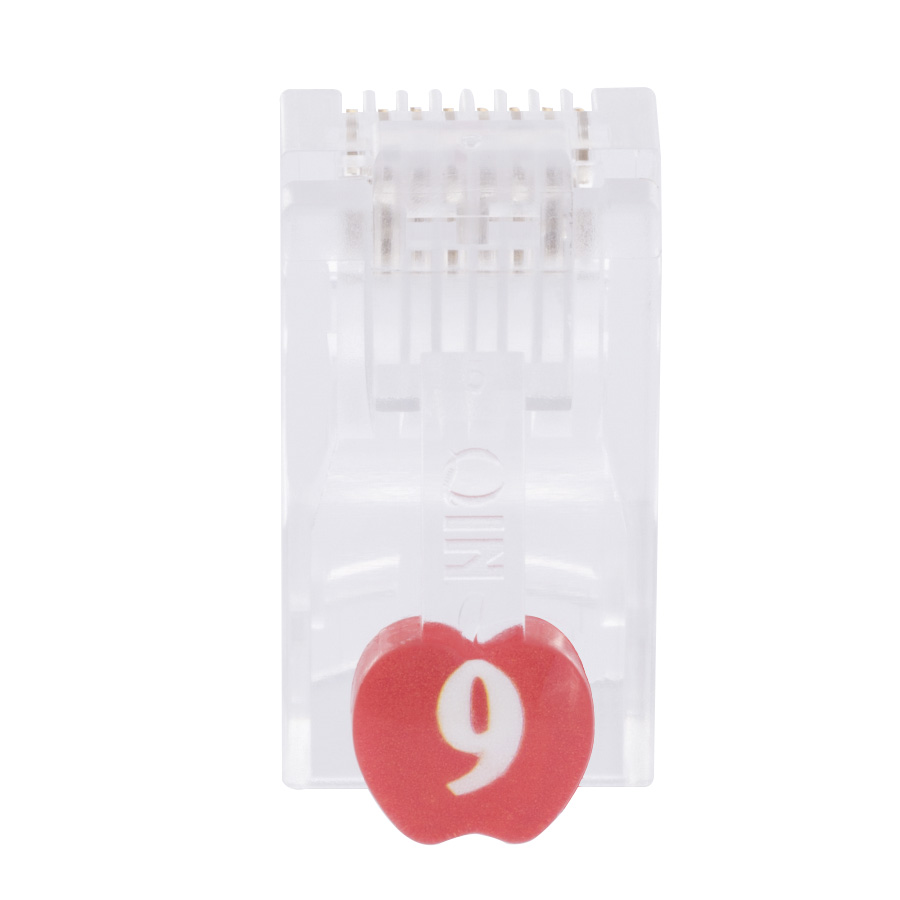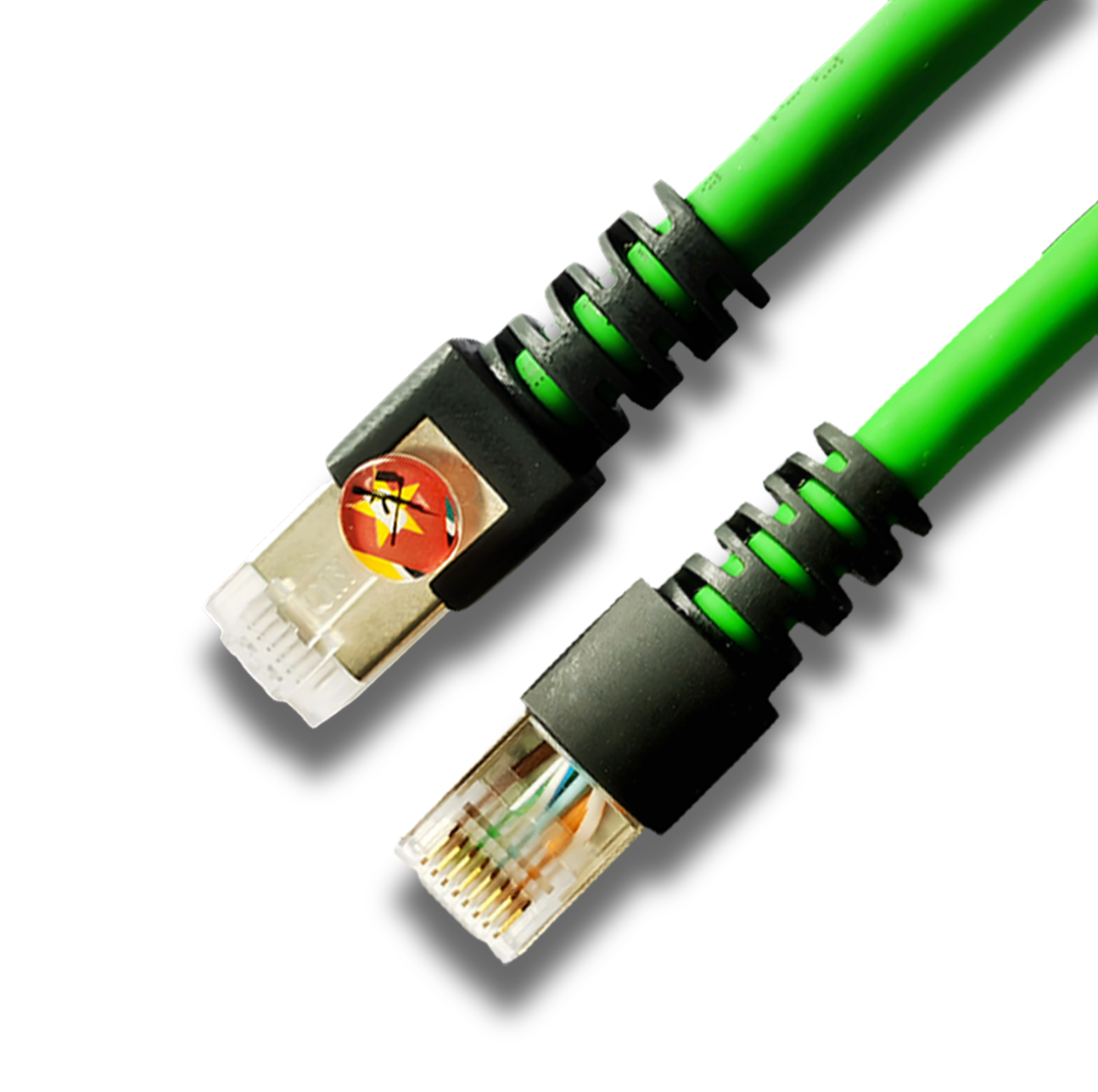- Language
Network Patch Cord for LAN
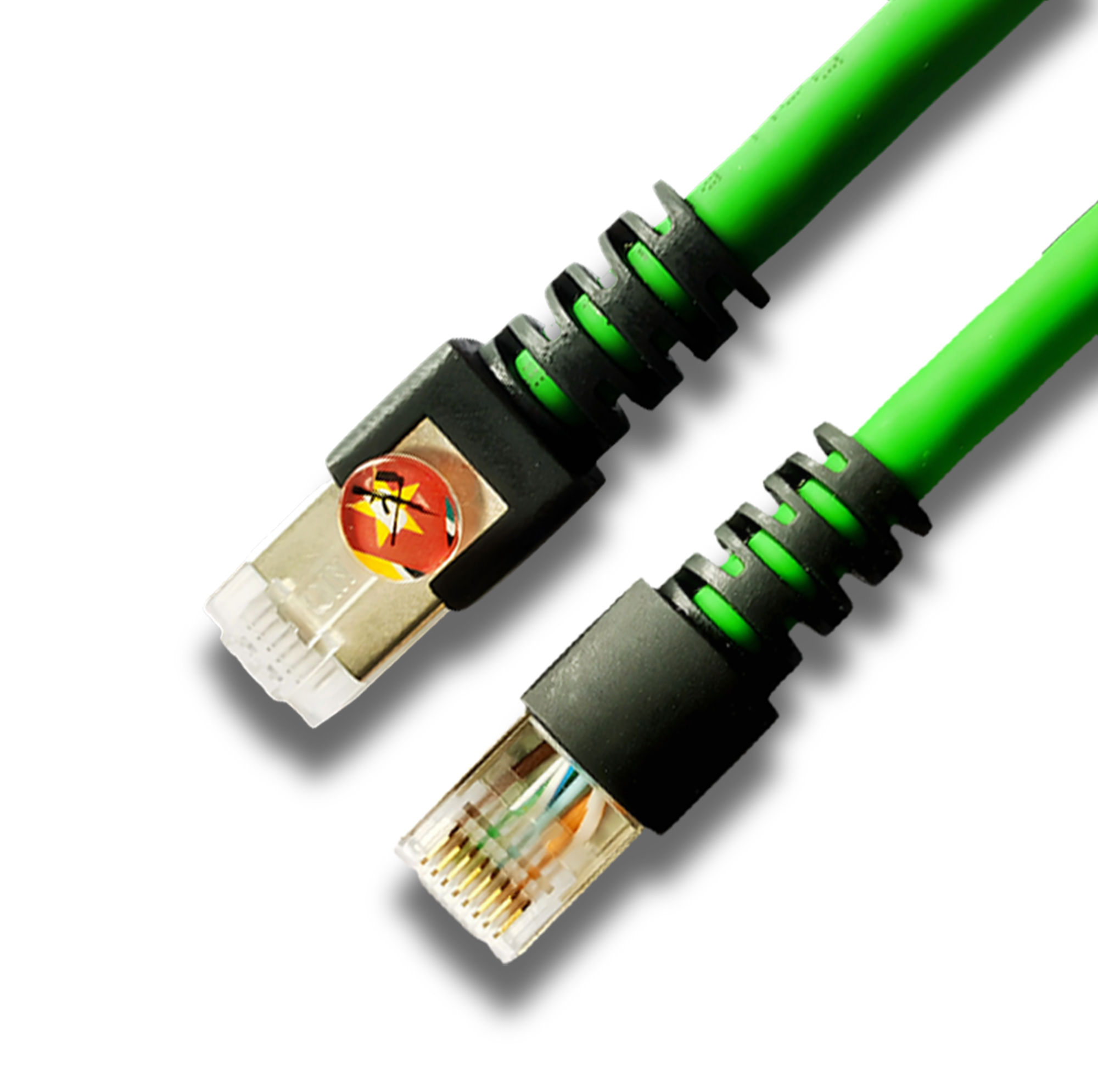
Network patch cords are the essential building blocks for Local Area Networks (LANs), facilitating the connection between various devices within a confined geographical area, such as an office, home, school, or small business. These patch cords play a crucial role in ensuring seamless data transfer, reliable connectivity, and efficient operation of the LAN, enabling users to access shared resources, communicate, and engage in a wide range of online activities.
In a LAN environment, network patch cords are used to connect devices such as desktop computers, laptops, servers, switches, routers, printers, and IP phones. The most common type of patch cord used in LANs is the Ethernet patch cord, which comes in various categories, including Cat5e, Cat6, Cat6A, Cat7, and Cat8. The choice of patch cord category depends on several factors, such as the required data transfer speed, the distance between devices, and the level of interference in the environment. For basic LAN applications, such as web browsing, email, and file sharing, Cat5e patch cords may be sufficient as they can support speeds of up to 1 Gigabit per second (1 Gbps) over distances of up to 100 meters. However, for more data - intensive applications, such as video conferencing, high - definition video streaming, and large - scale file transfers, higher - category patch cords like Cat6, Cat6A, or Cat7 are preferred, as they can support faster data transfer rates and offer better resistance to interference.
The construction of network patch cords for LANs is designed to meet the specific requirements of these networks. They typically consist of four pairs of twisted copper wires, which are insulated and enclosed in an outer jacket. The twisting of the wires helps to reduce electromagnetic interference (EMI) and crosstalk, ensuring accurate data transmission. The insulation materials protect the internal wires from physical damage and prevent signal leakage. The outer jacket is made from durable materials that can withstand the rigors of daily use, such as abrasion, pulling, and bending.
Proper cable management is also crucial when using network patch cords in a LAN. In a busy office or data center, there can be a large number of patch cords connecting various devices. Organizing these cords using cable management tools, such as cable trays, cable ties, and cable organizers, helps to prevent clutter, reduce the risk of cable damage, and make it easier to identify and manage individual connections. Additionally, ensuring proper installation of patch cords, including making secure connections at both ends and avoiding excessive bending or pulling, is essential for maintaining optimal network performance.
Network patch cords for LANs also need to be compatible with the network devices they are connecting. This means using patch cords with the appropriate connectors, such as RJ45 connectors, which are the standard for Ethernet connections. Compatibility also extends to the network protocols and speeds supported by the devices. For example, if a network switch supports 10 Gigabit Ethernet, using a patch cord that is rated for at least 10 Gigabit speeds, such as Cat6A or Cat7, is necessary to fully utilize the switch's capabilities. Overall, network patch cords are indispensable for LANs, providing the physical connections that enable seamless communication and data transfer within these local networks.
Read recommendations:
TX6 PLUS Cat6 UTP Patch Cord 1m 24AWG Unshielded PVC Ethernet Network Patch Cable, Blue (Customized)
